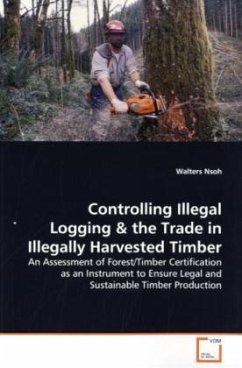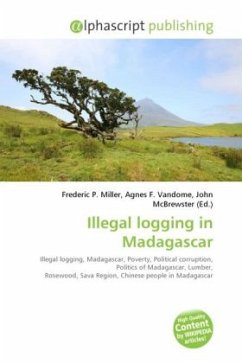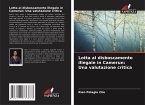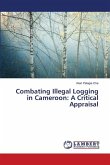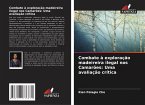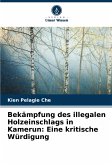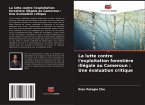Over the last few years, illegal logging and the
associated trade in illegally harvested timber has
emerged as one of the greatest threats to forests
around the world. Various initiatives have been
developed and are being pursued to tackle the
problem, amongst which is forest/timber
certification. A number of certification schemes
exist and are currently being widely used by various
Governments as part of their timber procurement
policy. But even within the existing certified
forests, there is still evidence of illegal and
unsustainable activities. This book therefore
assesses the extent to which forest/timber
certification is likely to provide an effective
instrument in the current global fight against this
growing problem. Although the situation is not
peculiar to one country, the author uses the United
Kingdom (UK) and Cameroon in most instances to
illustrate more general issues. Limitations to the
use of certification and suggestions on how to
overcome them are analysed, among other ideas. The
analysis should help shed some light on this legal
instrument, and should be especially useful to policy
analysts or anyone else who may be interested in the
illegal logging debate.
associated trade in illegally harvested timber has
emerged as one of the greatest threats to forests
around the world. Various initiatives have been
developed and are being pursued to tackle the
problem, amongst which is forest/timber
certification. A number of certification schemes
exist and are currently being widely used by various
Governments as part of their timber procurement
policy. But even within the existing certified
forests, there is still evidence of illegal and
unsustainable activities. This book therefore
assesses the extent to which forest/timber
certification is likely to provide an effective
instrument in the current global fight against this
growing problem. Although the situation is not
peculiar to one country, the author uses the United
Kingdom (UK) and Cameroon in most instances to
illustrate more general issues. Limitations to the
use of certification and suggestions on how to
overcome them are analysed, among other ideas. The
analysis should help shed some light on this legal
instrument, and should be especially useful to policy
analysts or anyone else who may be interested in the
illegal logging debate.
